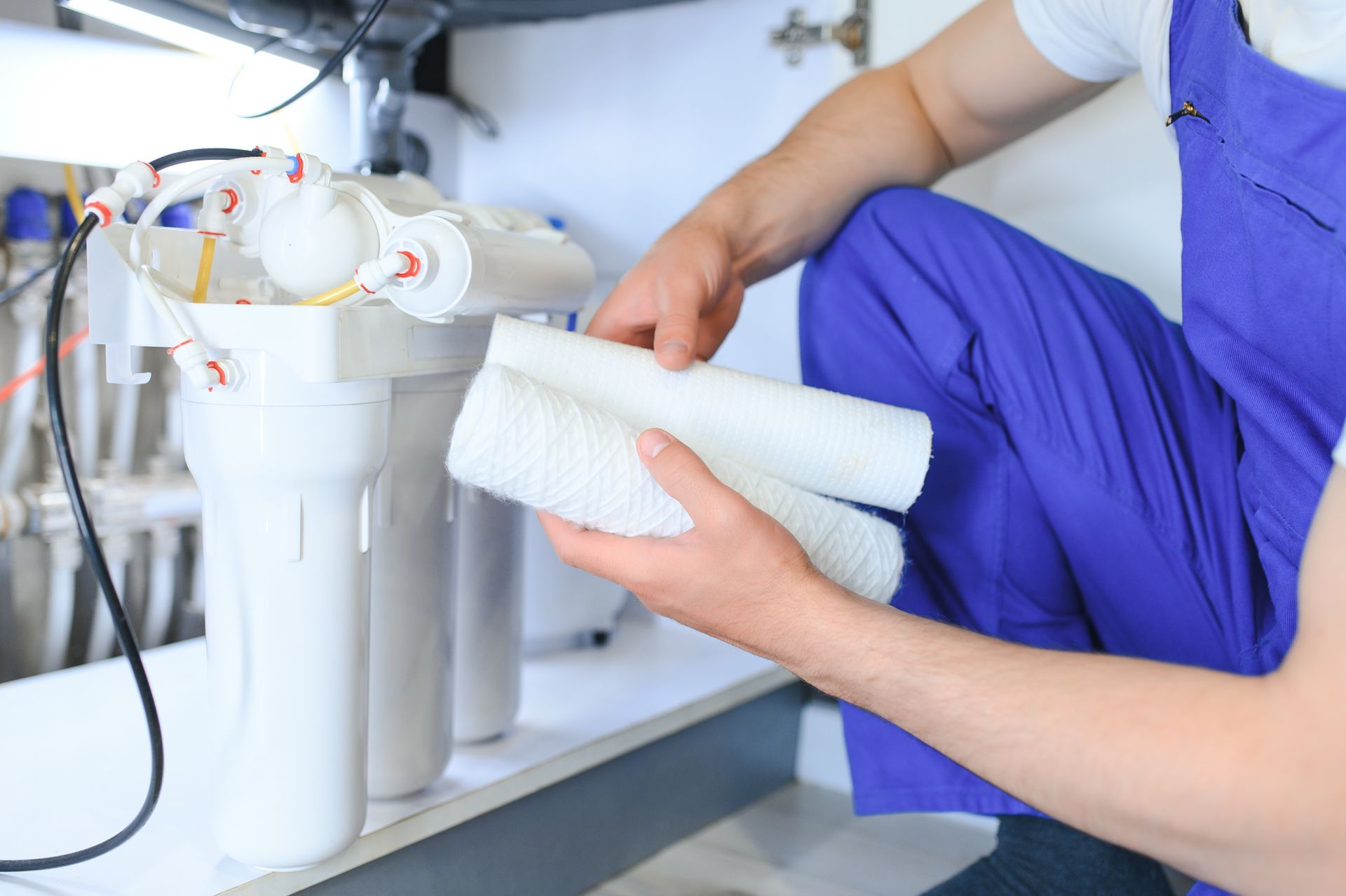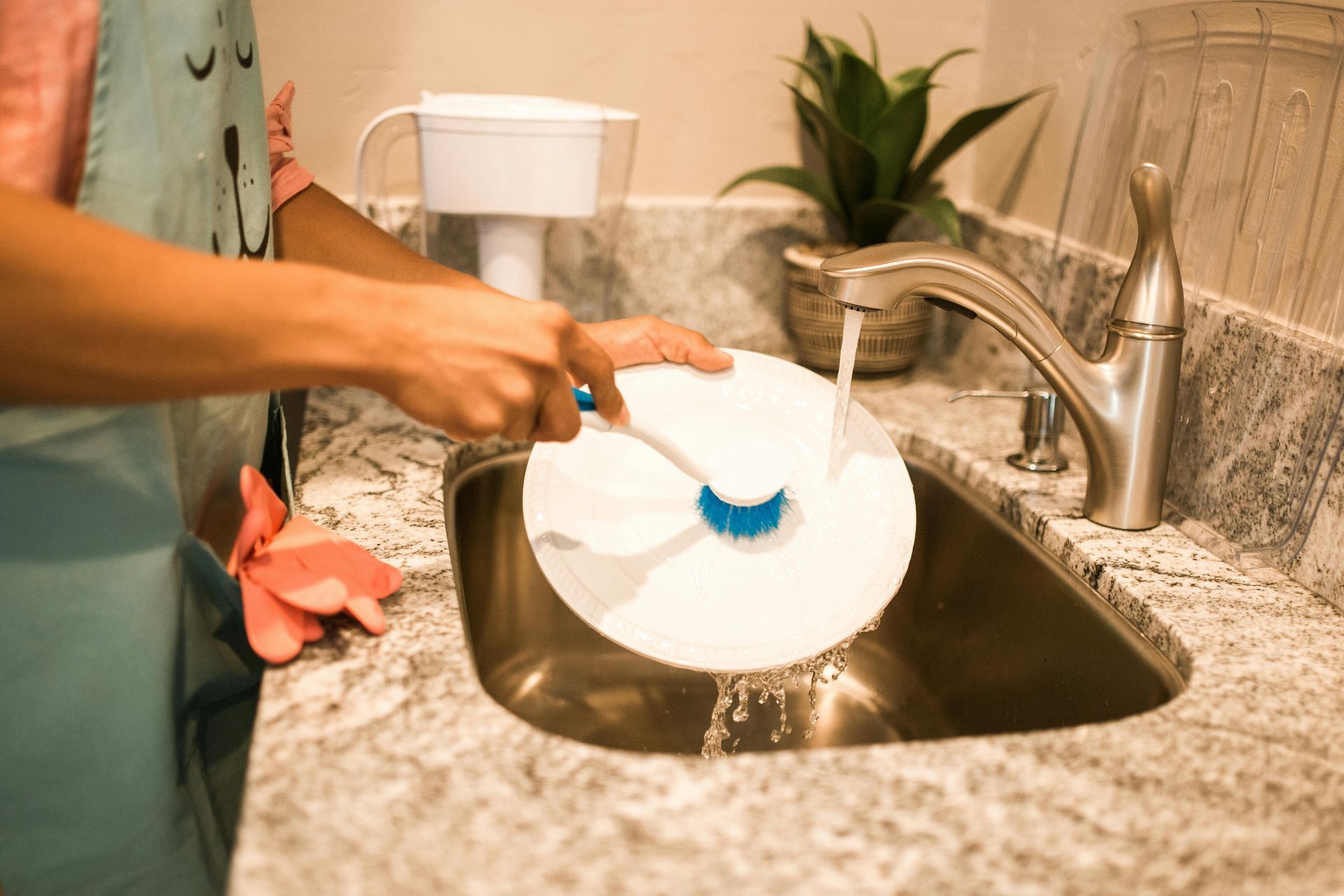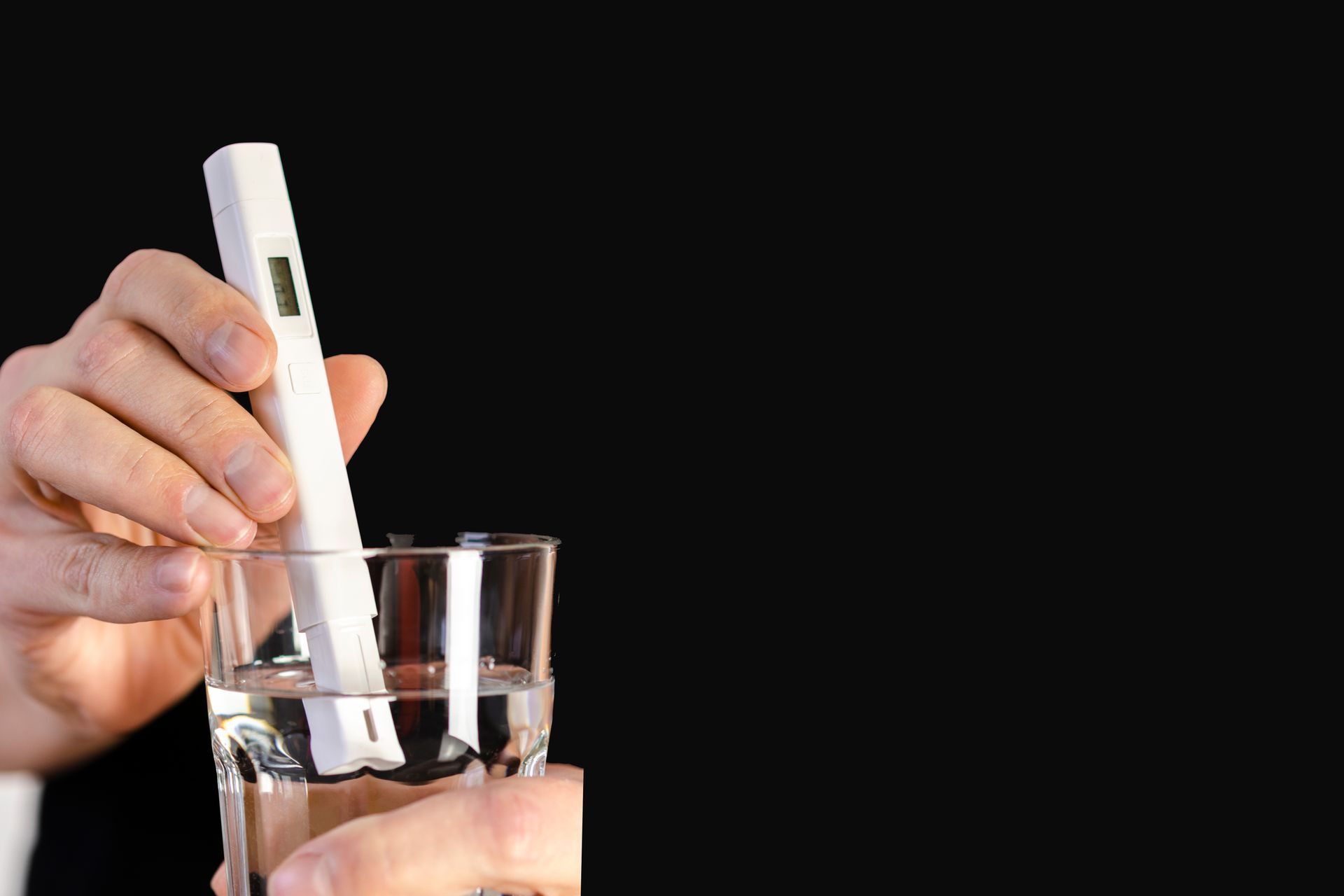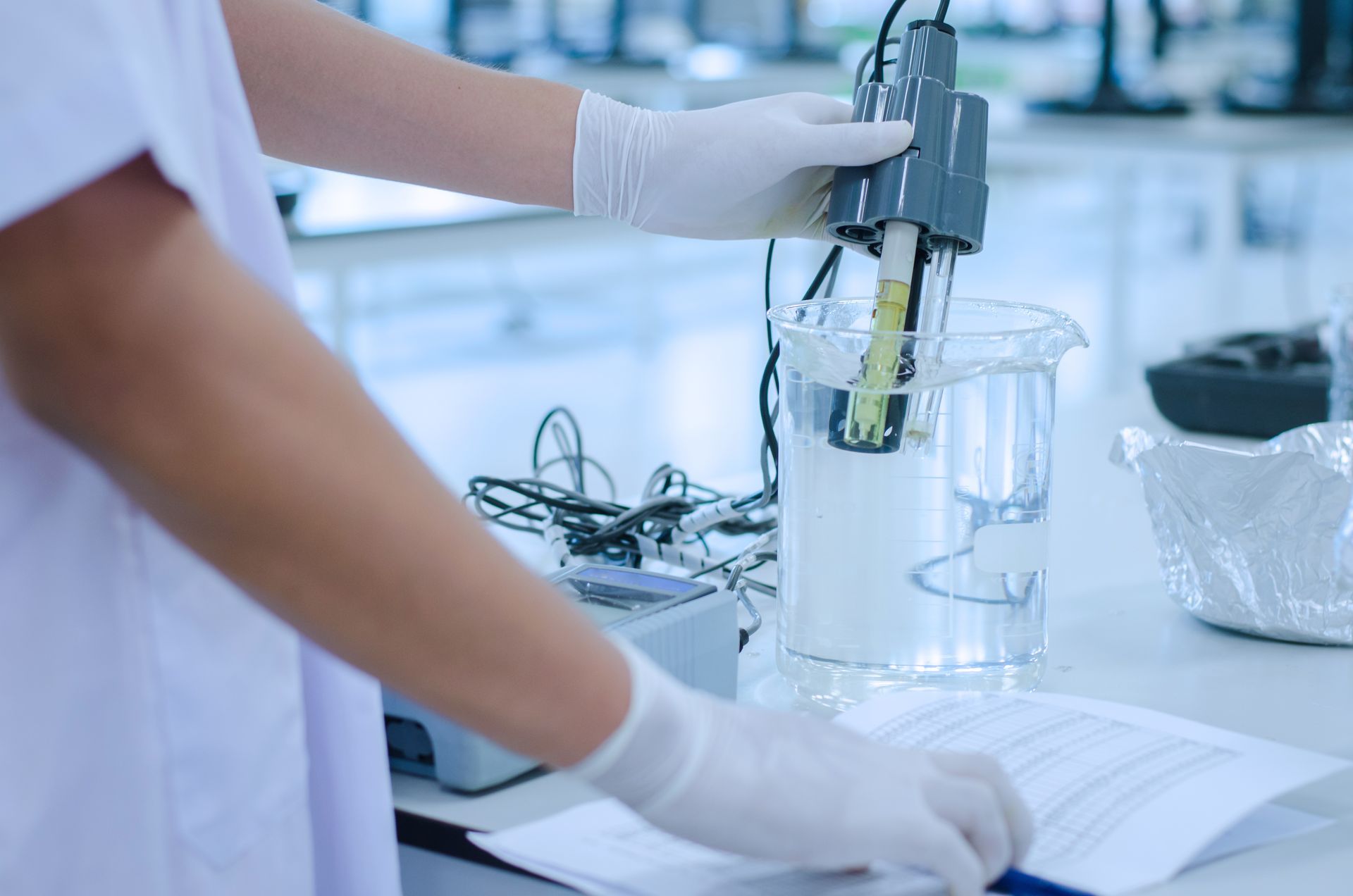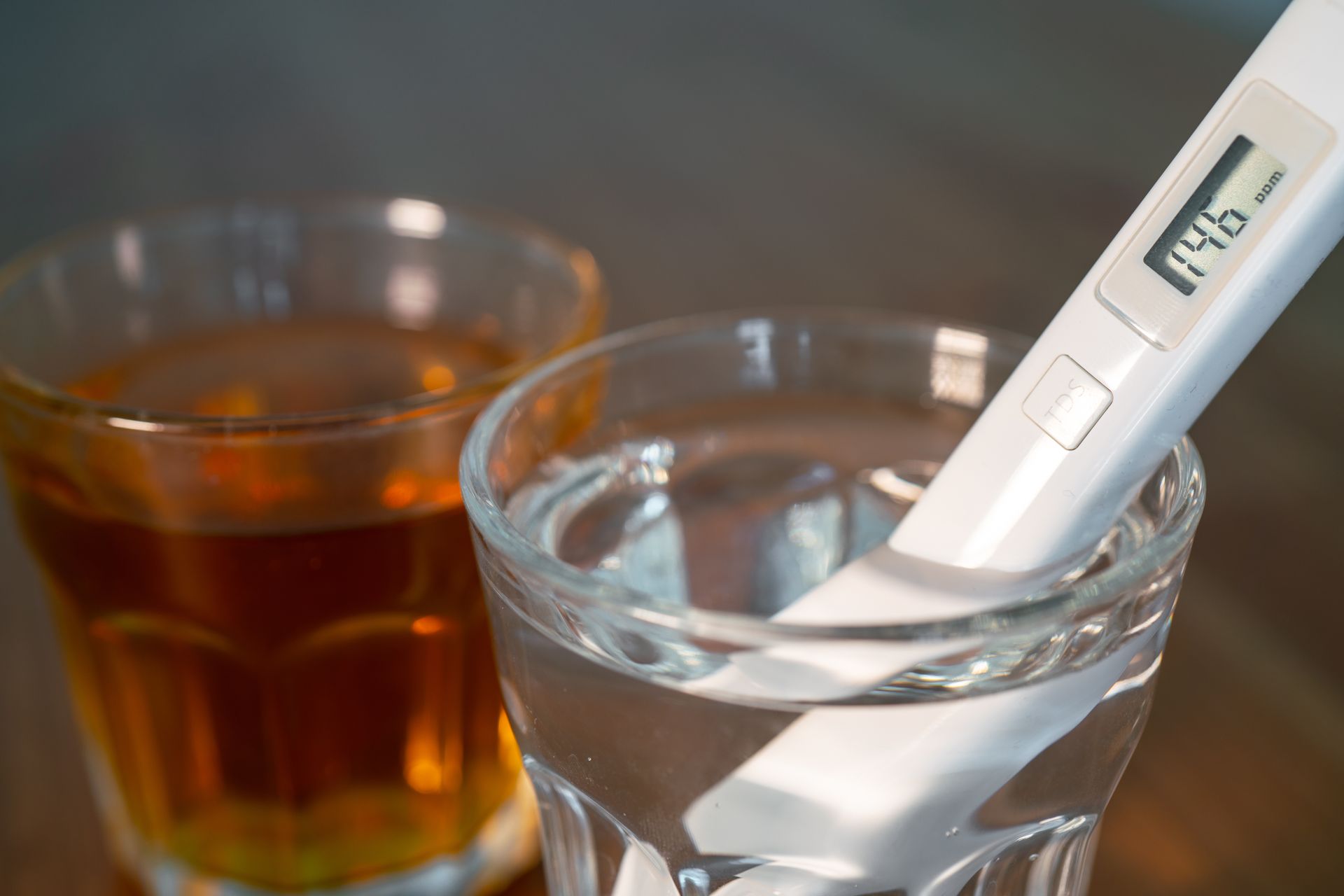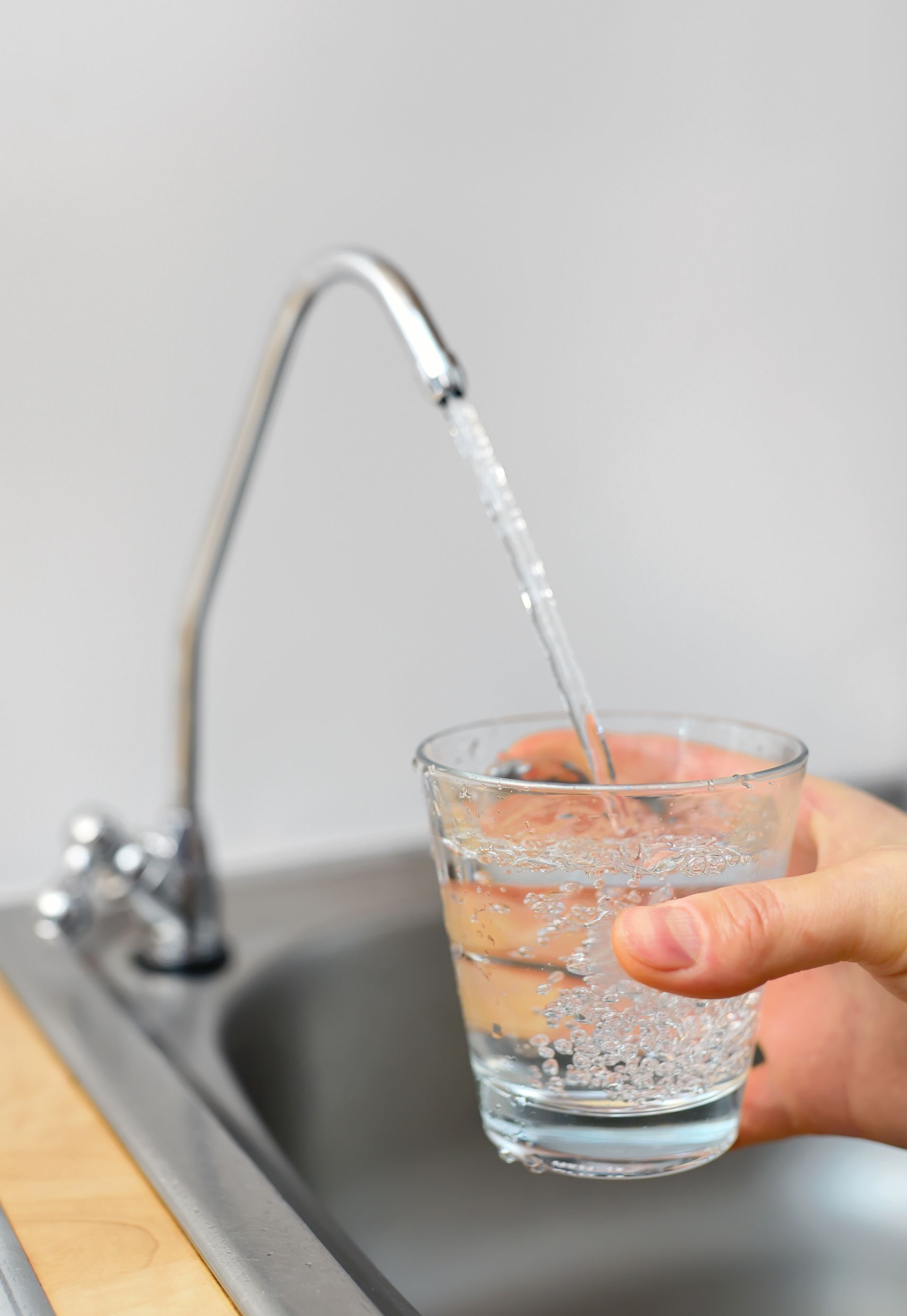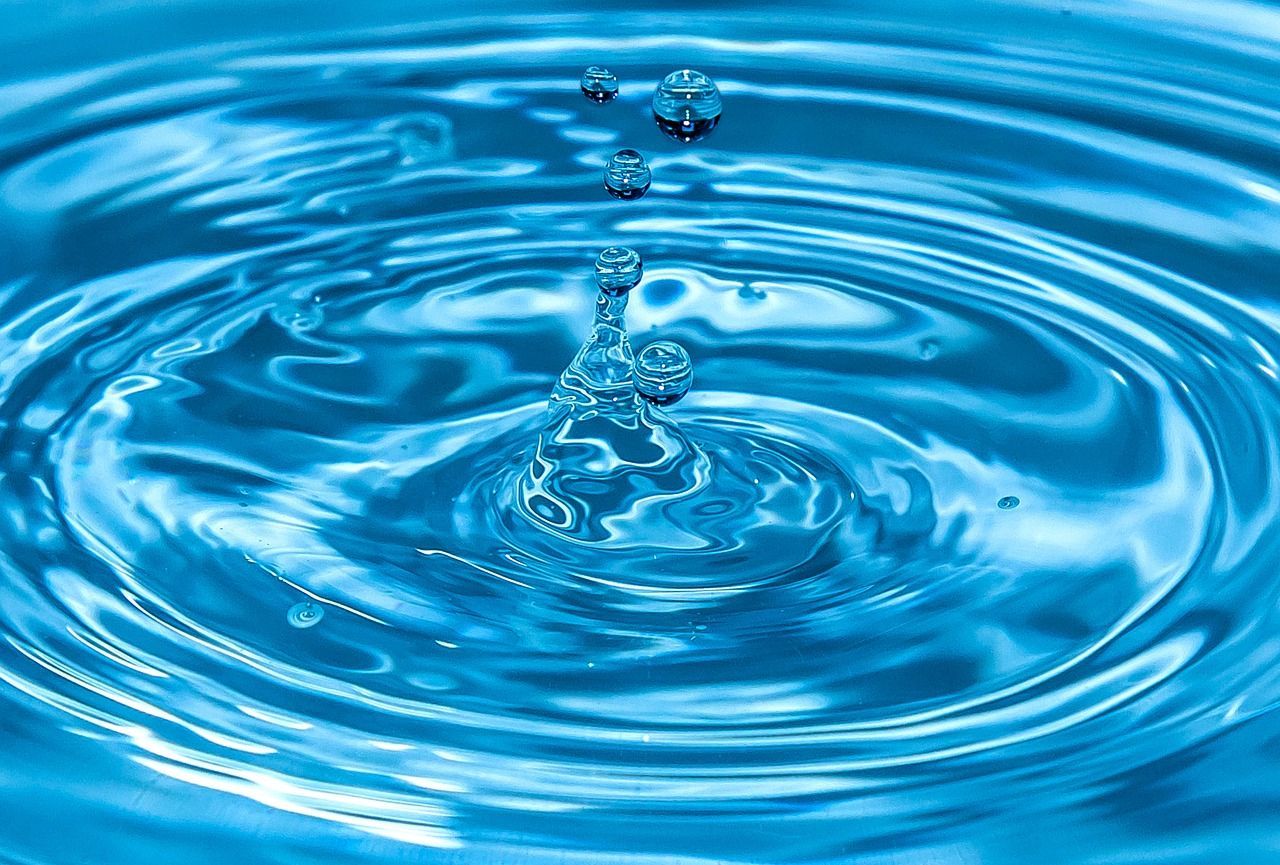Primary Solutions Consulting
10 Things You Need to Know About Nitrates In Your Water
Nitrates in drinking water can pose a serious health risk if levels become too high, yet many people are unaware of the potential dangers. It’s important to be informed about nitrates and their effects on your body so you can make sure your family is safe. In this blog, we’ll cover 10 things you need to know about nitrates in your drinking water, including what they are, where they come from, and the health risks associated with them. We’ll also discuss how to test for nitrates in your home and steps you can take if levels are too high. Stay tuned to learn all you need to know about nitrates!
1. Nitrates Are Common Pollutants Found in Groundwater, Surface Water and Drinking Water Supplies
Nitrates are invisible pollutants that can have significant impacts on the health of local water supplies and ecosystems. They are most commonly found in groundwater, surface water and drinking water supplies, though they may sometimes originate from sources such as agricultural or urban runoff. Nitrates occur naturally, but they also can enter waterways as a result of human influences, such as fertilizer and wastewater discharges.
When nitrate levels in water get too high, it can cause environmental damage by limiting growth of beneficial organisms such as fish and other wildlife. Additionally, nitrates can cause health problems when ingested by humans, particularly for young children and infants who can suffer from “blue baby syndrome” when exposed to high concentrations in drinking water. For these reasons, it is essential to pay careful attention to checking nitrate levels in your source of drinking water.
2. High Levels of Nitrates in Drinking Water Can Cause Health Problems, Particularly for Infants and Pregnant Women
Nitrates in drinking water, while normally safe at low levels, can become a major health risk if the concentration is too high. At elevated levels of nitrate, it can interfere with the body's ability to carry oxygen, an issue that is particularly harmful for pregnant women and infants.
It is important for these populations to be aware of the nitrate content in their drinking water and avoid any that are above the recommended levels set out by local authorities. Nitrate-rich water can cause a decrease in energy level and other mineral deficiencies; it may even lead to death if consumed in extremely large doses, so extra caution should be taken when it comes to monitoring nitrates in drinking water.
3. Sources of Nitrate Contamination Include Agricultural Runoff, Sewage and Septic Systems, Fertilizer Applications and Animal Waste
Nitrate contamination of water has become an increasing problem in the United States, and understanding its sources is a major step to combating this harmful pollutant. Nitrates primarily enter water sources through runoff from agricultural production, sewage overflow, fertilizer applications and animal waste.
Agricultural runoff produces over 70% of nitrates affecting drinking water in some parts of the country. This occurs when fertilizer and manure used to promote crop growth become flooded off properties into rivers and streams. Additionally, sewage and septic systems can be overwhelmed during periods of heavy rain and release high concentrations of nitrate-containing wastewater into waterways. Fertilizer applications to lawns, gardens and parks can also pollute the surrounding environment with nitrates if left unattended or used erroneously.
Lastly, animal feedlots generate large quantities of livestock waste which can contain nitrogen-based materials that leach into soils unless properly treated or managed. It's thus crucial for landowners and communities to be aware of these issues as well as additional factors associated with nitrate contamination if they are to protect their own environment or drinking water supplies.
4. Most Water Treatment Systems Are Not Designed to Remove Nitrates From Drinking Water
It's important to understand that your water treatment system likely cannot remove nitrates from drinking water. This is concerning, as nitrates are pollutants that can be linked to a range of health problems.
Furthermore, young children and pregnant women are especially at risk of health effects due to exposure to these contaminants in drinking water. It's also important to note that existing filtration systems are often unable to adequately remove nitrates when they reach a certain concentration in the water supply.
To address potential contamination risks, homeowners in the area should consider professional
water treatment services. If you're located in or near the Houston area, working with a trusted provider of
water treatment
solutions can ensure your water is properly tested and treated. Contact a local expert to learn how to test for nitrate levels and explore the best treatment options for your home.
5. Nitrate Levels in Drinking Water Should Be Tested Regularly to Ensure Safety
Nitrate levels in drinking water should be tested regularly to ensure safety. Nitrates are an element found in many fertilizer products, so these leaching chemicals can make their way into ground water sources. Water testing services are essential to ensure the safety of your drinking water.
The presence of high levels of nitrate can lead to dangerous health risks when consumed, especially in infants. It is important to periodically have your water tested for nitrate levels, as well as other contaminants like lead and arsenic, to ensure that what we are consuming is safe.
Moreover, if a test does detect elevated nitrate levels it is important to install the necessary
water filtration systems or purchase bottled water to protect both your family's heath and environment.
6. The EPA Has Established a Maximum Contaminant Level of 10 Parts per Million (PPM) For Nitrates in Public Drinking Water Supplies
The Environmental Protection Agency (EPA) has issued a Maximum Contaminant Level (MCL) of 10 parts per million (ppm) for nitrates in public drinking water supplies. Understanding the EPA’s proposed standard is necessary to ensure the safety of drinking water for you and your family.
Nitrates are chemical compounds found naturally in soil, as an ingredient in fertilizers, and from animal waste. In excessive amounts, they can be harmful to human health, causing methemoglobinemia or “blue baby syndrome” – a potentially life-threatening condition that decreases the amount of oxygen the blood can carry throughout the body.
High nitrate levels can also lead to reproductive problems such as miscarriage and birth defects. It is important to understand how they get into your water supply and what treatments are available to keep you safe.
7. Homeowners With Private Wells Should Test Their Water for Nitrates at Least Once per Year
Homeowners with private wells should test their water for nitrates at least once per year in order to protect their family from potential health risks. Nitrates are substances created naturally through biological processes, like decaying plants and bacteria, but can also be found in fertilizer runoff and sewage treatment plant run-off.
High levels of nitrates in drinking water can cause a wide variety of health problems, including decreased oxygen levels in the body, nausea, and even possibly cancer.
Testing water quality at least once per year is the only way to guarantee proper nitrate levels and ensure the safety of your drinking water.
Most states offer such
water quality testing services as part of their routine water quality assessment procedures, so homeowners can easily and affordably check the safety of their well water.
8. If Nitrate Levels Exceed 10 PPM, a Reverse Osmosis Filter or Anion Exchange System May Be Necessary to Reduce the Concentration
It is important to be aware of nitrate levels in your water because when these levels rise above 10 ppm, a reverse osmosis filter or an ion exchange system may be necessary to reduce the concentration. Nitrates in large amounts can be dangerous for babies and young children, as well as for pregnant women, so it is important to get tested regularly and invest in appropriate filtration technology if necessary. Reverse Osmosis systems work by removing dissolved salts from water with the help of a semipermeable membrane while an ion exchange system filters out nitrates through an electrically charged resin. In both cases, these filters reduce nitrate levels to ensure that the water quality meets safety standards.
9. Boiling
Water Does Not Reduce the Concentration of Nitrates but Can Make Them More Mobile in Certain Cases
Nitrates are chemicals found in water that can be hazardous to human health, particularly for small children. What's more alarming is that boiling water does not reduce the concentration of nitrates--in fact, in some special cases it might even make them more mobile, further endangering you and your family. Therefore, it's important to take steps now to test for the levels of nitrates in your water and implement a plan if needed to ensure safe and healthy drinking water is available whenever you need it. Taking the proper steps now can give you peace of mind knowing that your family won't have to worry about being affected by nitrates in their drinking water.
10. Awareness and Good Management of Nitrates in Drinking Water Is Essential to Protect Public Health
Nitrates in drinking water can pose a serious health threat to those who are exposed to it, particularly vulnerable populations such as pregnant women, newborns, and those with weakened immune systems. In order to protect public health, it is essential that people become aware of the potential contamination of their drinking water and how best to manage it. Understanding what nitrate levels (10 ppm or lower) are considered safe for human consumption and taking action to reduce or address levels exceeding this concentration will help ensure that tap water is safe for drinking. Everyone has a right to clean, healthy drinking water, so managing nitrates in public water sources is critical. Taking simple steps such as regularly testing source water and treating it when necessary can help save lives and promote healthy communities.
Understanding and Reducing Nitrate Contamination in Drinking Water for a Healthier Future
Nitrates are a common contaminant found in drinking water that can be hazardous to human health. It’s important to understand the risks of nitrates and take steps to reduce their levels if needed. Regular water testing for nitrate levels, along with the use of filtration systems such as reverse osmosis or anion exchange systems, can help reduce nitrate concentrations and ensure safe, healthy drinking water for everyone. Taking these steps now will ensure that your family has access to clean, safe drinking water in the future.
Primary Solutions Consulting is your go-to source for reliable
water testing and treatment services. We are committed to providing our customers with honest, straightforward education so they can make informed decisions about their water quality. Don’t take a chance at your family’s health by waiting until it’s too late. Contact us today to discuss testing your water for nitrates and how to reduce levels if needed. Our knowledgeable staff will be happy to answer any questions you may have about the process and provide you with strategies for making sure your family stays safe and healthy. Let us help you keep your drinking water clean and free from toxins! Call Primary Solutions Consulting today to get started on protecting your family from potentially hazardous nitrate contamination.


